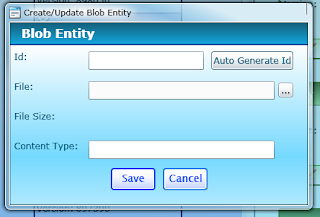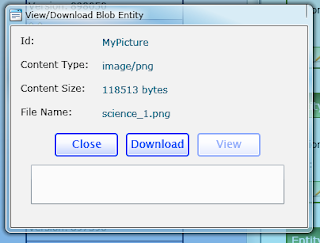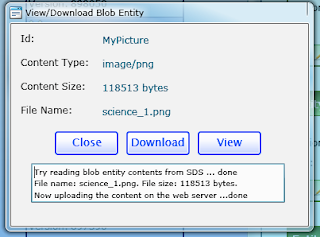Here is small function that I wrote which will take care of that. It's not that elegant, but will get the job done.
void ResizeColumns()
{
int NumColumns = DataGridEntities.Columns.Count;
if (NumColumns > 0)
{
double DataGridWidth = DataGridEntities.ActualWidth;
double TotalColumnsWidth = 0;
for (int ii = 0; ii < NumColumns - 1; ii++)
{
TotalColumnsWidth += DataGridEntities.Columns[ii].ActualWidth;
}
double LastColumnWidth = DataGridEntities.Columns[NumColumns - 1].ActualWidth;
double EmptySpace = DataGridWidth - (TotalColumnsWidth + LastColumnWidth);
if (EmptySpace > 0)
{
DataGridEntities.Columns[NumColumns - 1].Width = new DataGridLength(LastColumnWidth + EmptySpace);
}
}
}
Basically after databinding is done on the data grid, we have data grid's and it's columns actual . What we do is add up all column's actual width, find the difference between the two and add it to the last column's width.
I know it's not elegant but will get the job done.
Comments, Suggestions!!!
Gaurav




